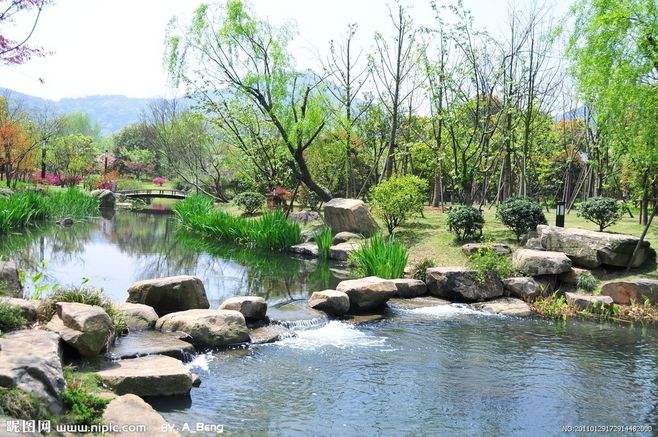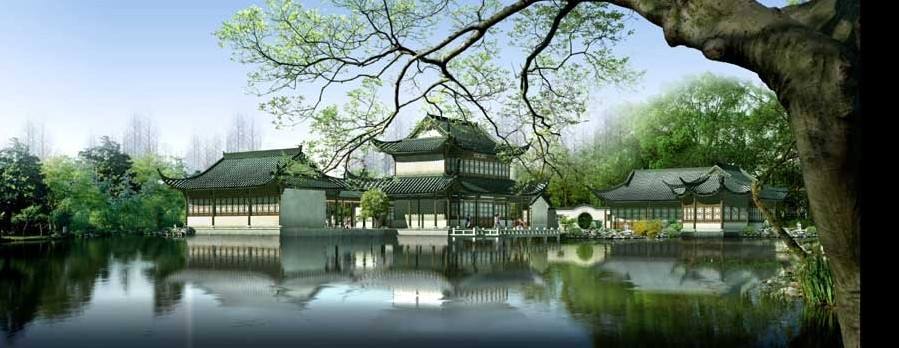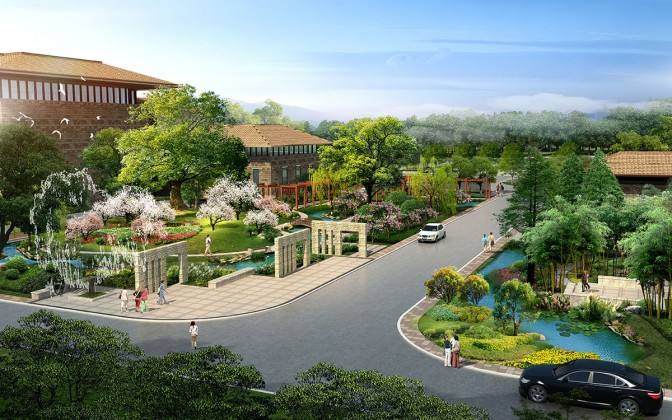Appreciation of Chinese Gardens
2 min readSince the founding of People’s Republic of China in 1949, the Chinese garden and park have involved both the Chinese garden arts and the features of western gardens meanwhile, gardens and parks have become a public resource which has been shared by all people. In more recent years, Chinese government at all levels is constantly renovating and rebuilding classical gardens, and constructing modern gardens and parks. As a result, there are more and more recreational and entertaining sites available for common people. Under the circumstances, Chinese people require more knowledge about gardens to improve their appreciation level. In fact, concerning Chinese gardens in history, large or small, the most basic elements are still piled rocks, arranged water, greenery configuration, architecture, and paintings and calligraphy.

Mountains or rockeries are the framework of Chinese gardens and hence, must be constructed to support the green scenery. Chinese gardens imitate nature by piling up rocks with earth and realize the principle of nature and tastes of real mountains.

Water plays a very important part and is the most dynamic element in a garden.
In a Chinese garden, water is arranged to wind up and is edged with stones.
Meanwhile, bridges, corridors, and isles are built to separate the water surface andcreate depth and layers of the landscape. In addition, Chinese gardens lay emphasis on the water source. The one whose source is concealed is considered to be the best of its type, which helps form arresting views of “water out of water”and “a co-existence of water and its source which mutually support each other” Green plants are configured to produce aesthetic effect such as depth, tranquility, and sophistication. Therefore, in Chinese gardens, greenery follows the principle of “Changing the view according to the physical context”. As the result, different landscapes are made in different surroundings. In a Chinese garden, unification and order of green plants are not very important; instead, people will pay more attention to the poetic and romantic aspects of trees and flowers.

Architecture, paintings and calligraphy are distinctive marks of Chinese gardens, which help distinguish them from natural landscapes. There are too many different types of architecture, such as halls, towers, storied buildings, lobbies, chambers, pavilions, corridors, study rooms, and bridges as commonly seen. Such architecture is not only a part of the landscape but also a place where one can stay and enjoy the landscape. On that account, it plays double functions in a garden.

Calligraphy and paintings help enhance the beauty of the garden to a higher artistic level and best express the garden subject with the sense of words and feelings of paintings.








